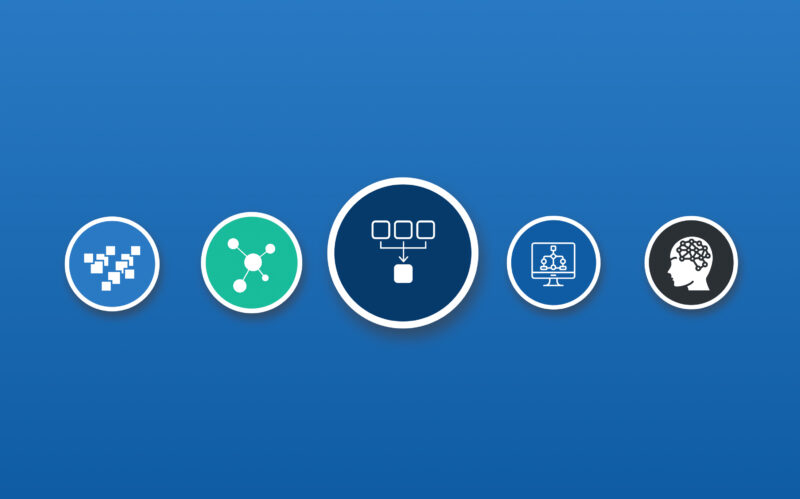At Q4, we believe the use of behavioural analytics in Europe has profound potential to connect the markets in ways we haven’t yet seen. It enables an IRO to deliver personalised experiences at scale to its diverse group of shareholders and potential shareholders that stretch far beyond current investors.
But we also understand that adoption isn’t always easy. In fact, without establishing the data-driven building blocks that enable success, behavioural analytics programs can deliver lacklustre results.
This short guide identifies the main stages to prepare for and activate your behavioural analytics transformation.
Stage 1: Capture
Determine what data you need to utilise to fulfil your business, strategic, and/or performance goals. Locate or begin collecting the required data. While you’ll be able to locate many of the data sets you require easily, others may be a bit more tricky. In addition, you will likely encounter data sets of varying quality, so be sure to plan for data scrubbing activities in this step.
Potential concepts to address:
- Data, data sets, and data systems
- Data hygiene, data scrubbing, data quality, “clean” data
Stage 2: Connect
If your data lives in several different systems, the next step is to extract a selection of data sets from those systems and perform a manual analysis. Consider this your experimental phase and examine the quality of data and insights you’re obtaining when working with a more limited collection of data.
Potential concepts to address:
- Dashboard
- Legacy systems
- Siloed systems
Stage 3: Consolidate
Consolidate data sets from different systems into a single platform. This is the foundational basis of behavioural analytics in Europe for deriving business-transforming insights through the practice of behavioural analytics. Because this can be a complex step, it is a significant milestone in your journey.
Potential concepts to address:
- CRM/CRM system
- Data optimization
- Investor targeting
- Structured/unstructured data
- Virtual event
Stage 4: Synthesise
Combine data from multiple, seemingly incongruent data sets in order to analyse them in new ways and create unique insight. This is the core of behavioural analytics, and it should deliver a far more profound understanding of your shareholder base than you’ve experienced before bringing your disparate data sets together in this way.
Potential concepts to address:
- Artificial intelligence
- Data analytics, business intelligence, and behavioural analytics
- Data modelling
- Machine learning
Stage 5: Action
Integrate your professional IR expertise with system-created insights to determine if, when, and how to take action. While the insights created in the previous stage are powerful, they can’t be effectively dispositioned without your discernment.
Want to learn more on this topic? Check out our additional blogs, eBook, and glossary.
Ready to get started on your behavioural analytics in Europe journey? Contact us.
Extensive experience designing, executing, and managing digitally focused, enterprise programs that drive brand awareness, generate opportunities, build pipelines, improve sales conversion, and enhance profitability. Trusted C-Suite advisor and innovative leader with consistent success in engaging, influencing, and mobilising board members and colleagues at all levels.



